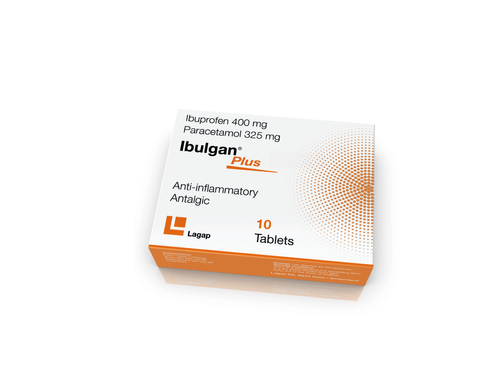Rheumatology Inflammations
For all your repairs
The Coxibs
by Marius Blanc
05/22/2024




What about COX?
Danger or not?
Introduction
Cyclooxygenases (COX): A Clinical Overview Cyclooxygenases (COX) are essential enzymes in the biosynthesis of prostaglandins, lipid mediators involved in various physiological and pathological functions. Understanding them is crucial for the optimal use of nonsteroidal anti-inflammatory drugs (NSAIDs) and selective COX-2 inhibitors in clinical practice.
Types of COX and Mechanism of Action
COX-1 (Cyclooxygenase-1) Location and expression: COX-1 is a constitutive enzyme, continuously expressed in many tissues, including the gastric mucosa, kidneys, and platelets.
Physiological functions:
-
Protection of the gastric mucosa: Through the production of prostaglandins (PGE2 and PGI2), which increase mucus and bicarbonate secretion and reduce acid secretion.
-
Regulation of renal blood flow: Maintaining renal perfusion, especially under physiological stress.
-
Platelet aggregation: Synthesis of thromboxane A2 (TXA2), essential for platelet aggregation and vasoconstriction.
COX-2 (Cyclooxygenase-2) Location and expression: COX-2 is an inducible enzyme, primarily expressed in response to inflammatory stimuli such as cytokines (IL-1, TNF-α) and growth factors.
Physiological and pathological functions:
-
Inflammation mediation: Production of pro-inflammatory prostaglandins (PGE2), which sensitize nociceptors and increase vascular permeability.
-
Pain and fever: PGE2 contributes to pain transmission and the regulation of body temperature at the hypothalamic level.
Indications of COX Inhibitors (and non-selective NSAIDs) Non-Selective NSAIDs Medications: Ibuprofen, diclofenac, naproxen, aspirin.
Indications:
-
Mild to moderate pain (headaches, muscle pain, menstrual pain).
-
Chronic inflammatory conditions (arthritis, tendinitis).
-
Fever.
-
Secondary prevention of cardiovascular events (low-dose aspirin).
Selective COX-2 Inhibitors (Coxibs) Medications: Celecoxib, etoricoxib.
Indications:
-
Treatment of pain and inflammation in osteoarthritis, rheumatoid arthritis, and ankylosing spondylitis.
-
Preference in patients at high risk of gastrointestinal complications.
Side Effects and Risk Management Side effects of non-selective NSAIDs
-
Gastrointestinal: Peptic ulcers, perforations, gastrointestinal bleeding. Monitoring for signs of digestive hemorrhage, especially in elderly patients and those with a history of ulcers.
-
Renal: Acute renal failure, tubulointerstitial nephritis, nephrotic syndrome. Monitoring renal function, especially in dehydrated patients, the elderly, or those with pre-existing renal insufficiency.
-
Cardiovascular: Hypertension, increased risk of cardiovascular events (myocardial infarction, stroke) with prolonged use.
Side effects of selective COX-2 inhibitors
-
Gastrointestinal: Reduced risk of complications compared to non-selective NSAIDs, but still present.
-
Renal: Similar to non-selective NSAIDs, with necessary monitoring of renal function.
-
Cardiovascular: Increased risk of cardiovascular events, particularly in patients with a history of cardiovascular diseases. Careful evaluation of risks and benefits before prescribing.
Recommendations for Clinical Practice
-
Risk and benefit assessment: Always weigh therapeutic benefits against potential risks, considering patient comorbidities (gastrointestinal, renal, and cardiovascular history).
-
Risk reduction strategies:
-
Concomitant use of gastric protectors (PPIs) in patients at high gastrointestinal risk.
-
Regular monitoring of renal function and blood pressure.
-
Use the lowest effective dose for the shortest possible duration.
-
-
Medication selection:
-
Non-selective NSAIDs for short-term use in patients without significant comorbidities.
-
Selective COX-2 inhibitors for patients at high gastrointestinal risk, with careful cardiovascular risk assessment.
-
-
Conclusion
COX inhibitors, whether non-selective or selective, are powerful therapeutic tools for managing pain and inflammation. Their optimal use requires a thorough understanding of their mechanisms of action, clinical indications, and side effect profiles. A personalized approach, based on risk and benefit assessment for each patient, is essential to maximize therapeutic benefits while minimizing potential risks.
Lagap SA offers a selective COX inhibitor.










